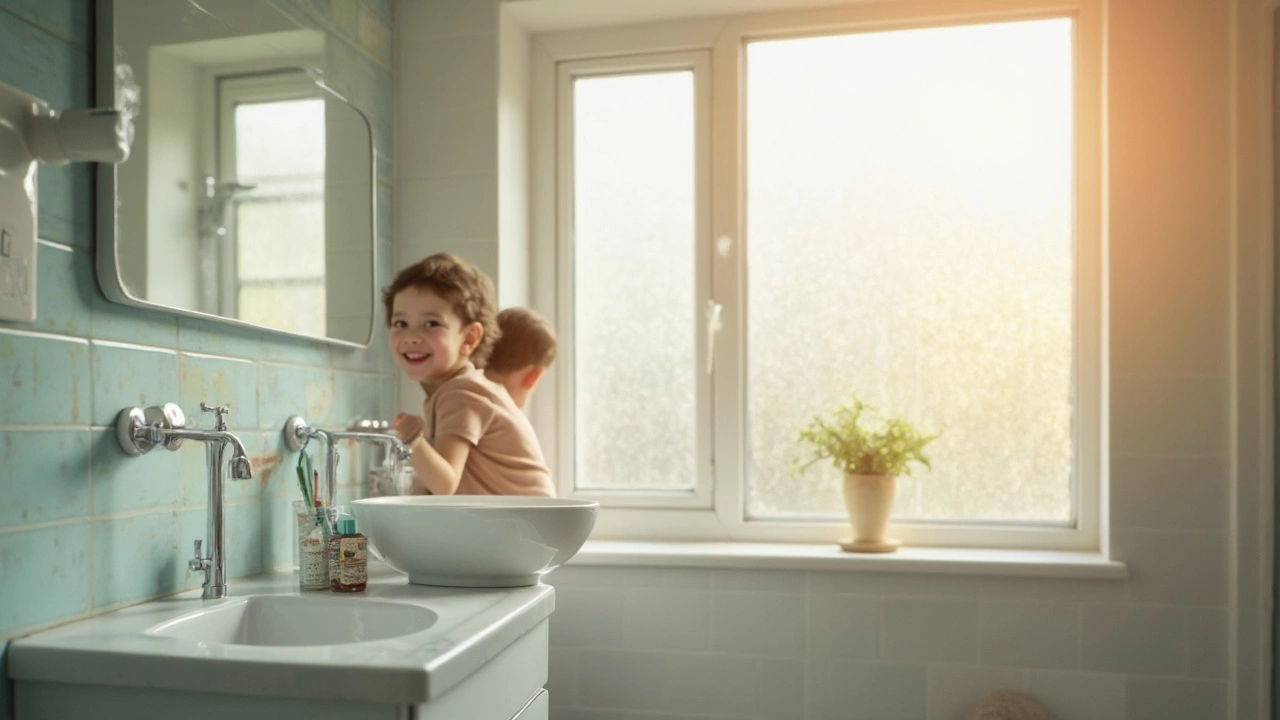Convex Mirror Guide: What It Is, Where to Use It, and How to Choose One
Ever wonder why you see a wider view in some mirrors? That’s a convex mirror at work. Its curved surface spreads light, letting you see a bigger area in a single glance. This makes it perfect for places where you need a quick look‑around without moving your head.
Top Places to Hang a Convex Mirror
Home garages and driveways love convex mirrors because they eliminate blind spots. Park a car, back out, and you’ll see pedestrians, cyclists, or other vehicles that would otherwise be hidden. Small shops use them behind counters to watch customers and prevent shoplifting. Even stairwells get a safety boost when a convex mirror is placed at the top – you can spot anyone coming down before you reach the landing.
In cars, a rear‑view convex mirror gives a broader perspective than a flat glass. It’s great for trucks, vans, or anyone towing a trailer. The wider view helps you judge distances better, especially in tight city streets.
How to Pick the Right Convex Mirror
First, think about size. A 12‑inch mirror works well for a garage wall, while a 6‑inch model is fine for a small hallway. Bigger isn’t always better – a huge mirror can be hard to install and may create glare if placed wrong.
Next, check the curvature. Mirrors are rated by “radius” (e.g., 5‑foot, 8‑foot). A tighter curve (smaller radius) shows a wider field but makes objects look smaller. If you need detail, like reading license plates, go for a gentle curve. For blind‑spot elimination, a tighter curve is the way to go.
Material matters too. Most convex mirrors are made of glass with a reflective coating on the back. Acrylic versions are lighter and shatter‑proof – great for outdoor use where a break could be dangerous. Look for UV‑protective coating if the mirror will sit in direct sunlight; it will keep the image clear longer.
Mounting options range from simple wall brackets to heavy‑duty ceiling mounts. Choose a bracket that can support the mirror’s weight and fits the surface you’re attaching it to. Some kits include a hook‑and‑loop strip for quick, no‑drill installation – handy for renters.
Finally, consider safety certifications. In the UK, a “BS EN 1012” label means the mirror meets standards for impact resistance and visibility. Buying a certified product gives peace of mind, especially for busy homes or commercial spaces.
Once you’ve got the right mirror, clean it regularly with a soft cloth and a mild glass cleaner. Avoid abrasive pads – they can scratch the reflective coating and ruin the wide‑angle view.
In a nutshell, a convex mirror gives you a bigger picture without the hassle of turning around. Pick the right size, curvature, and material for your space, install it securely, and keep it clean. You’ll enjoy safer parking, better shop security, and fewer blind spots – all in just one simple upgrade.
Ever wondered why your bathroom mirror doesn't make you look taller or why some mirrors at the funfair give you wacky shapes? There are three main types of mirrors: flat, concave, and convex. Each has its own job, from showing your true reflection to making spaces safer or fooling your eyes. This article breaks down how they work, where you find them, and tricks to use them better at home. You'll get straight answers and a few things you probably never realized about mirrors.
Jun, 23 2025
